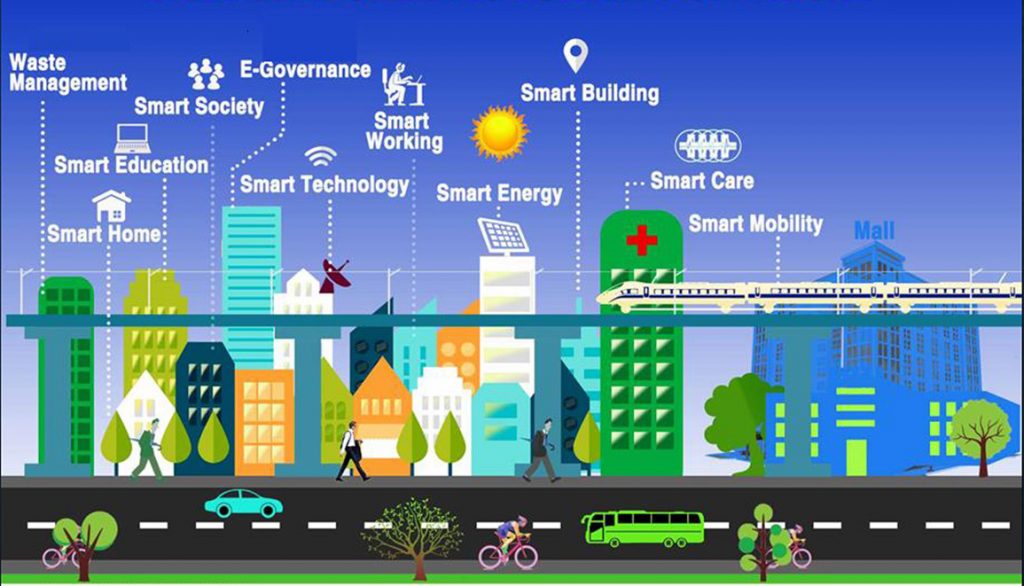|
Virtual reality (VR) has emerged as a groundbreaking technology that is revolutionizing various industries. With its ability to create immersive, interactive, and realistic experiences, VR has captured the imagination of both consumers and businesses alike. This article explores the evolution of virtual reality, its applications across different sectors, and the future prospects of this advanced technology. Firstly, let's delve into the history of VR. Although the concept of virtual reality dates back to the 1950s, it wasn't until the late 20th century that significant advancements were made. In the 1990s, the introduction of head-mounted displays (HMDs) and motion tracking systems paved the way for more immersive VR experiences. However, the technology was still limited by high costs and bulky equipment, restricting its widespread adoption. Fast forward to the present day, and we find ourselves in the midst of a VR renaissance. Thanks to rapid advancements in computing power, graphics processing, and display technology, VR has become more accessible and affordable. Modern VR devices, such as the Oculus Quest and HTC Vive, offer wireless, high-resolution experiences that can transport users to entirely new digital realms. The applications of virtual reality extend far beyond gaming and entertainment. In the healthcare sector, VR is being utilized for medical training, surgical simulations, and even pain management therapies. By immersing medical professionals in realistic scenarios, VR enhances learning outcomes and improves patient care. Similarly, architects and engineers are employing VR to visualize and modify designs before construction begins, saving time and resources. Education is another field that greatly benefits from VR. Students can explore historical sites, travel through space, or dissect virtual organisms without leaving the classroom. This hands-on, experiential approach enhances engagement and comprehension, making learning more enjoyable and effective. Businesses are also leveraging VR for marketing, product development, and customer experiences. Virtual showrooms allow customers to visualize products in a realistic environment before making a purchase. Companies can conduct virtual meetings, saving travel costs and reducing their carbon footprint. Additionally, VR creates new avenues for immersive storytelling, allowing brands to connect with their audience on a deeper emotional level. Looking ahead, the future of virtual reality appears promising. As technology continues to evolve, we can expect even more compact and powerful VR devices. Advances in haptic feedback, eye tracking, and artificial intelligence will further enhance the immersive experience. Additionally, the integration of VR with other emerging technologies like augmented reality (AR) and 5G connectivity will open up new possibilities for collaborative and interconnected virtual environments. In conclusion, virtual reality has come a long way since its inception and is now poised to reshape various industries. The evolution of VR technology, coupled with its diverse applications, highlights its immense potential. Whether it's revolutionizing healthcare, education, or marketing, virtual reality is creating new dimensions of engagement and interaction. With continued innovation and investment, VR is set to redefine how we perceive and interact with the digital world.  |
